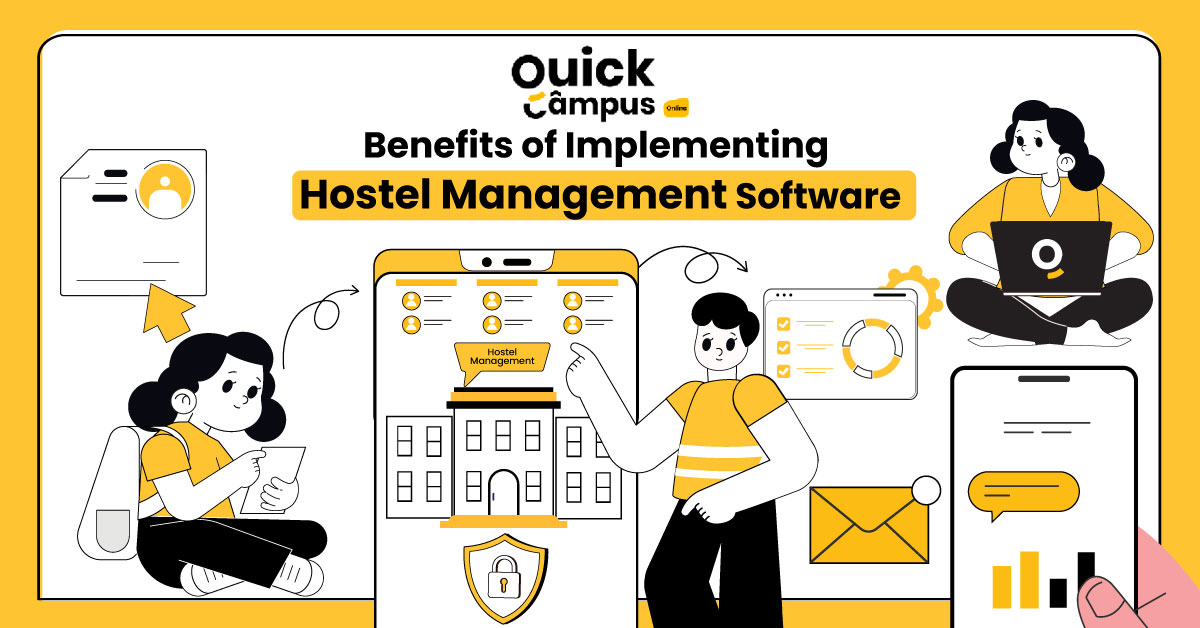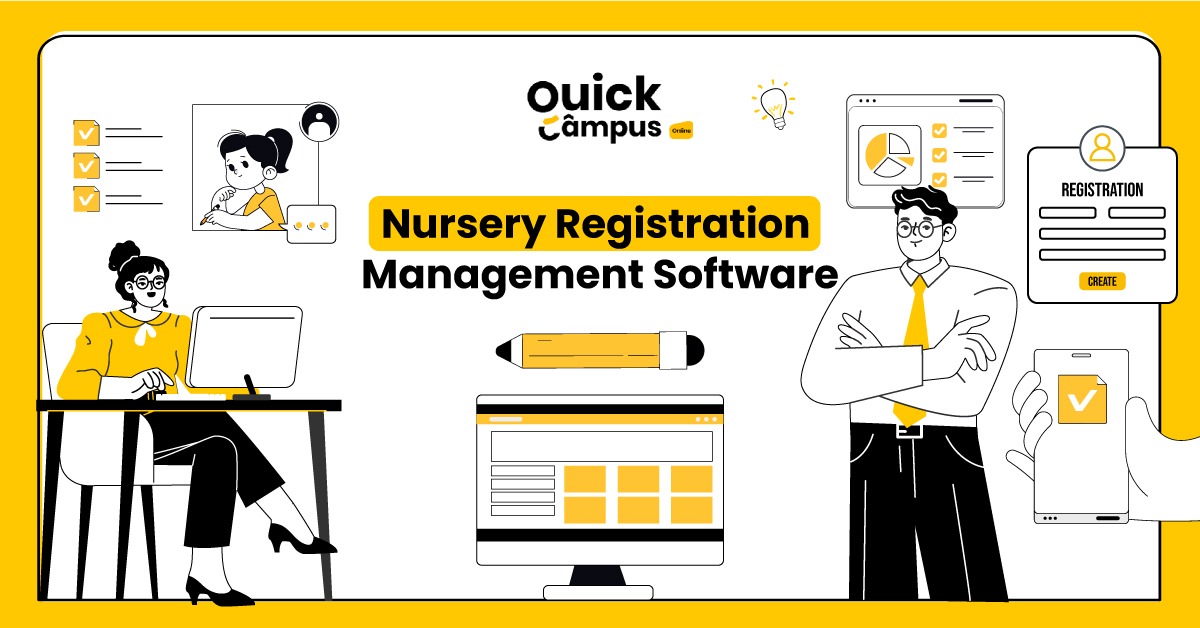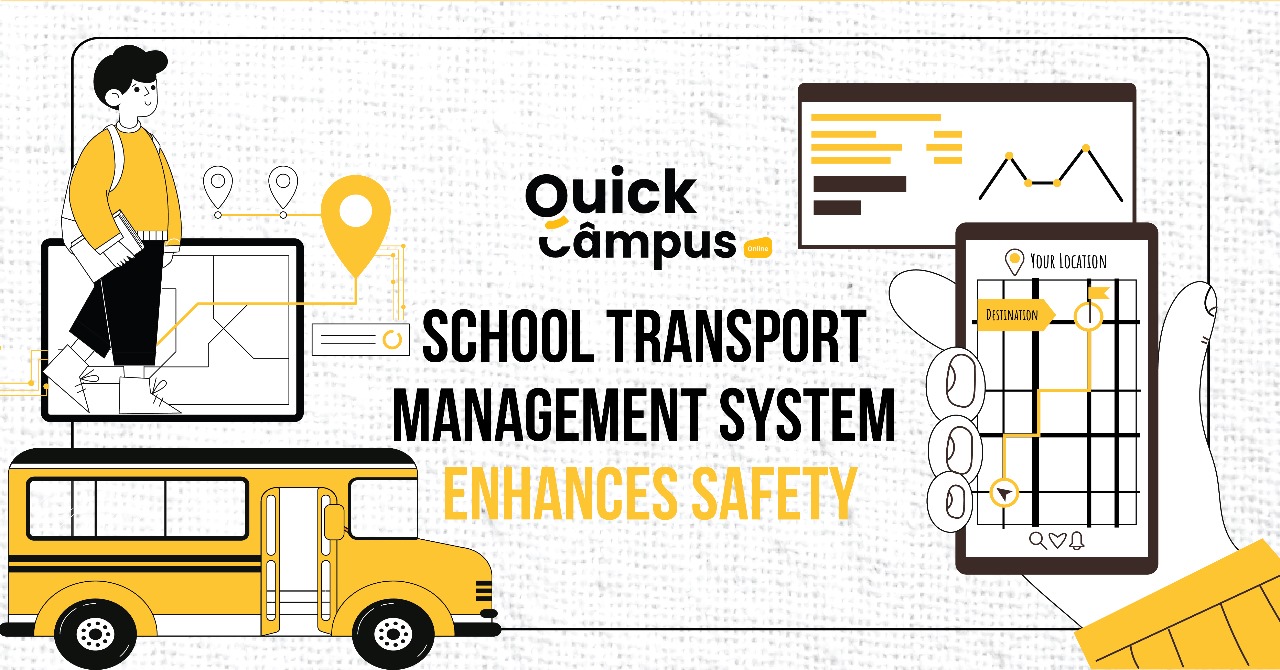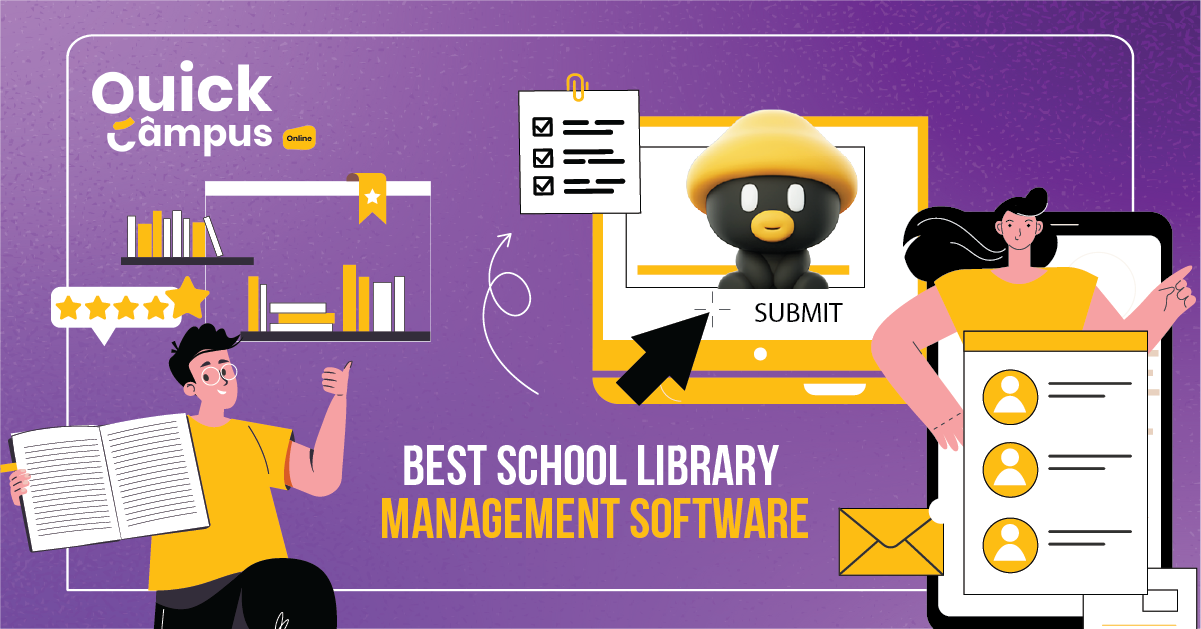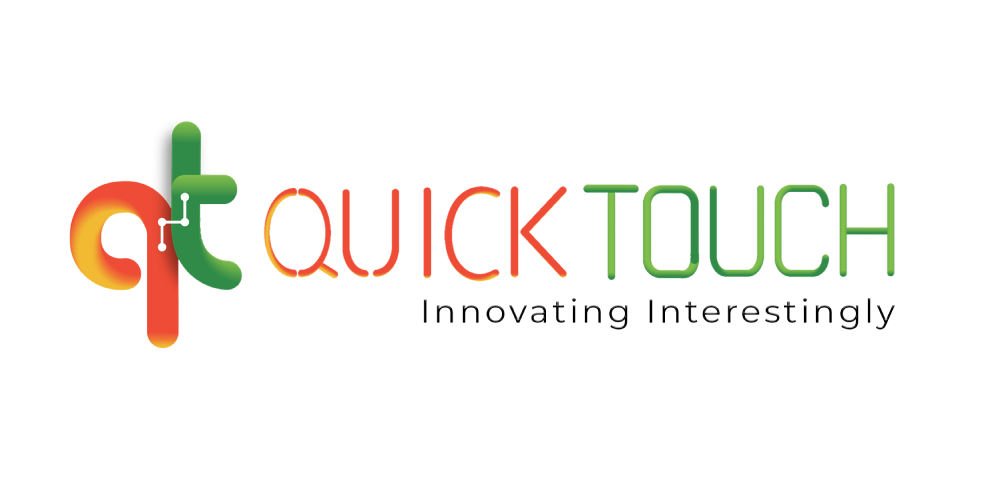Innovative Approaches To Curriculum Design
Welcome to discovering new ways to design a curriculum that engages students. In today’s rapidly evolving educational landscape, fostering active participation and enthusiasm among students is crucial for effective learning outcomes.
This article explores different methods teachers can use to make their teaching plans more interesting and involving for students. By embracing innovation in curriculum design and educators can cultivate an environment where students are motivated, inspired, and actively involved in their learning journey.
Approaches To Curriculum Design
Curriculum design encompasses a spectrum of methodologies and philosophies for structuring educational experiences. Traditional approaches to curriculum design often focus on content delivery, but innovative practices prioritize student-centered learning and holistic development.
Ideas like constructivism, asking questions, and working on projects can make learning more active and lively.
Innovation In Curriculum
Being creative is key to making a good teaching plan. By embracing emerging technologies, interdisciplinary studies, and real-world applications, educators can create curriculum frameworks that resonate with students’ interests and aspirations.
Adding digital fun tools, games, and different types of media can make learning more interesting and help students learn in their own way. Moreover, fostering creativity, critical thinking, and collaboration empowers students to become active participants in their education.
Principles Of Curriculum Design
Good teaching plans focus on useful, sensible, and flexible topics that can be changed if necessary. By aligning learning objectives with real-world challenges that follow the ethical principles of curriculum design and career pathways, educators can instil a sense of purpose and relevance in the curriculum.
Furthermore, incorporating interdisciplinary connections and experiential learning opportunities fosters holistic development and prepares students for the complexities of the modern world.
Curriculum Design And Development
Making a teaching plan is a process that includes working together, thinking about what’s been done, and making changes. Teachers need to always check what students need, see how well they’re learning, and improve how they teach.
By embracing a growth mindset, focusing on adequate curriculum design and development and fostering a culture of innovation, schools can create dynamic curriculum frameworks that evolve with the changing needs of society.
Types Of Curriculum Design
There are many different ways to make a teaching plan to fit different schools and goals. Teachers can choose from many different ways to make a teaching plan, from focusing on subjects to looking at what students can do.
Apart from these different types of curriculum design, hybrid models that combine elements of different approaches offer flexibility and customization to accommodate diverse learning styles and preferences.
The Role Of Learning Management Systems In Enhancing Student Engagement
In today’s education scene, incorporating Learning Management Solutions (LMS) is key for boosting student involvement and supporting innovative approaches to curriculum development.
These online learning platforms provide a wide range of tools and materials that enable teachers to create engaging learning experiences tailored to each student’s needs.
With interactive content, collaboration features, and AI personalized learning paths, LMS not only increases student participation but also gives teachers valuable insights to improve their teaching methods continually.
Summing Up
Promoting student engagement through innovative approaches to curriculum design is essential for fostering a dynamic and enriching learning environment. By embracing student-centered methodologies, integrating emerging technologies, and prioritizing relevance and flexibility, educators can empower students to become active participants in their education. With features of curriculum teaching plans need to change, too, to help students succeed in a world that keeps changing.
1. What Are Some New Ways To Plan A Curriculum That Get Students More Interested?
Fresh methods for designing a curriculum aim to make students more actively involved and excited. Some good ideas include:
- Asking students to come up with questions, investigate, and explore topics on their own (Inquiry-based learning).
- Getting students involved in practical projects that tackle real-life problems and encourage teamwork (Project-based learning).
- Changing the usual class setup by having students learn basic material on their own before class so that class time can be used for more interactive and personalized learning experiences (Flipped classroom model).
- Adding game elements like rewards, challenges, and competition into learning to make it more engaging and motivating (Gamification)
-
2. How Does Technology Help Make New Curriculum Ideas More Interesting For Students?
Technology can be a big help in getting students more interested and making new curriculum ideas work. Here are some ways it can be used:
- Using digital resources like videos, interactive activities, and online tools to make learning more interesting and fit different ways of learning.
- Using educational programs and systems that help students learn at their own pace, keep track of how they’re doing, and give feedback right away.
- Giving students ways to talk and work together online, like through chat rooms, forums, and virtual classrooms, so they can learn from each other and stay connected with teachers.
- Trying out new technologies like virtual reality and artificial intelligence to make learning more real and exciting.

